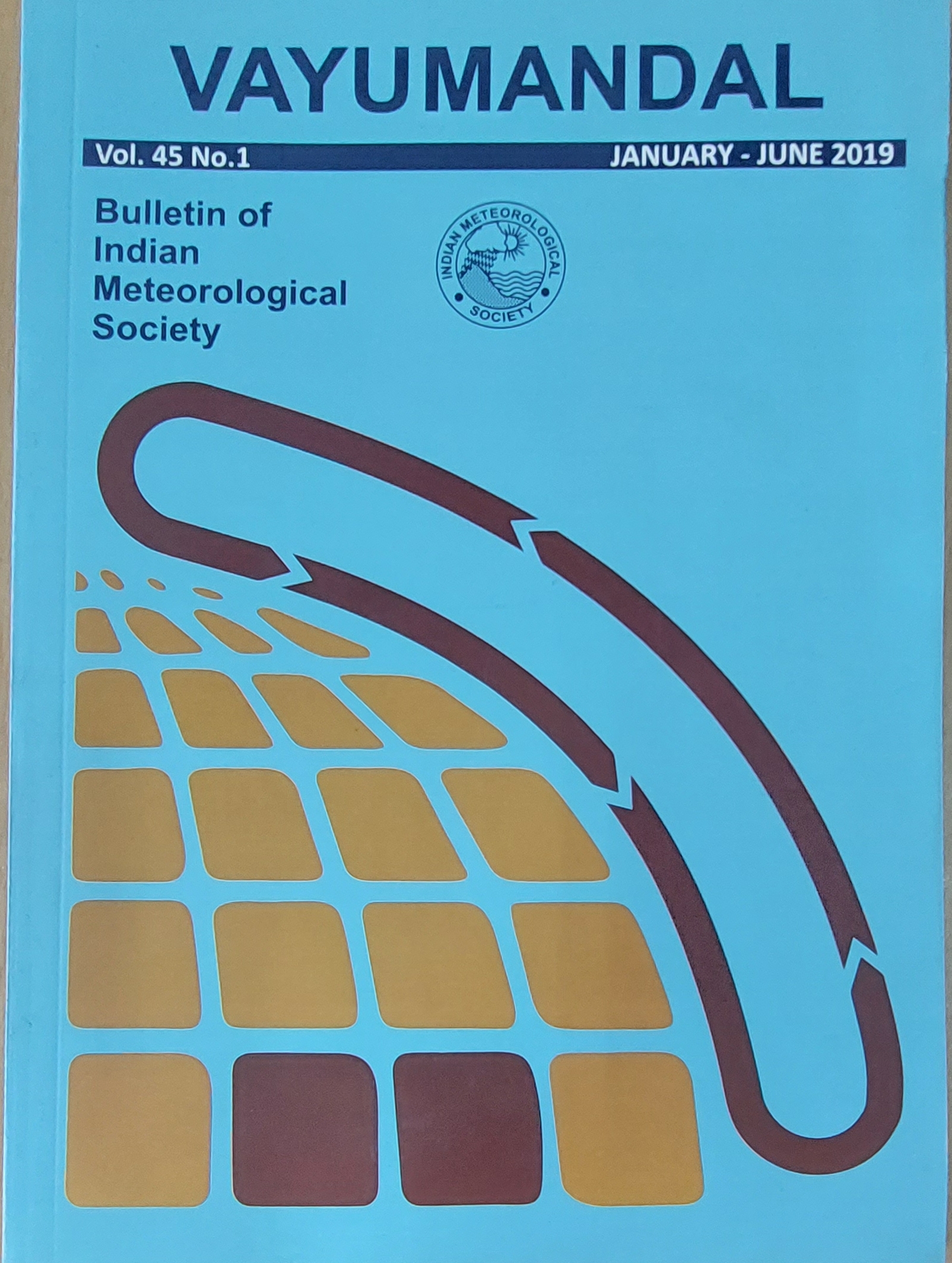Monsoon Onset over Kerala 2017 & 2018: A Satellite Perspective
Abstract
This paper highlights the importance of using satellite data for the monsoon onset studies with the focus
on Monsoon Onset over Kerala (MOK)-2018 in comparison with MOK-2017. The study was carried out
using Special Sensor Imager (SSM/I)-F16, F17 & F18 derived Total Precipitable Water Vapour (TPW)
content and Sea Surface Wind Speed, Westward Propagating of Madden-Julian Oscillations (MJO)-
Based on NOAA OLR (+5 N to -5 S) latitude, in the equatorial wave guide, and NCEP-derived 850 hPa
Wind fields (Low Level Jets-LLJ).While TPW is used as the precursor for determining the date of MOK,
along with 850 hPa wind fields and Outgoing Longwave Radiation (OLR), based MJO, which is a
significant oscillation during Monsoon Onset phase over Kerala. About 18 days before the MOK the
Total Precipitable water vapor peak (which normally crosses 50 mm) over the Western Arabian Sea. We
also check for the amount of TPW in the adjoining boxes also, to decide on the peak TPW.
Keywords: Monsoon-onset, satellite, Total Precipitable Water Vapor and MJO.
Copyright (c) 2024 Vayumandal

This work is licensed under a Creative Commons Attribution-NonCommercial 4.0 International License.
All articles published by VAYUMANDAL are licensed under the Creative Commons Attribution 4.0 International License. This permits anyone.
Anyone is free:
- To Share - to copy, distribute and transmit the work
- To Remix - to adapt the work.
Under the following conditions:
- Share - copy and redistribute the material in any medium or format
- Adapt - remix, transform, and build upon the material for any purpose, even
commercially.


